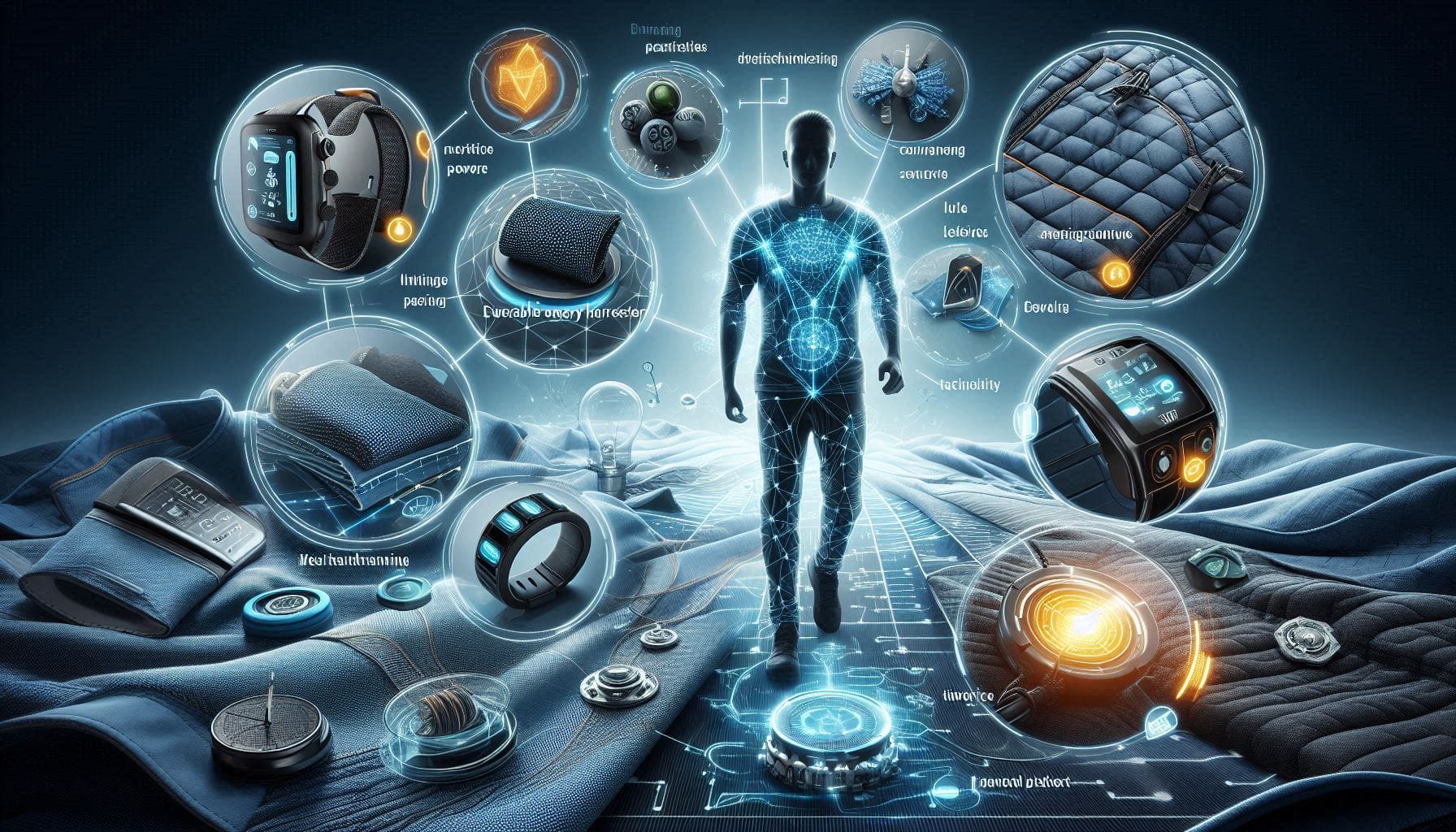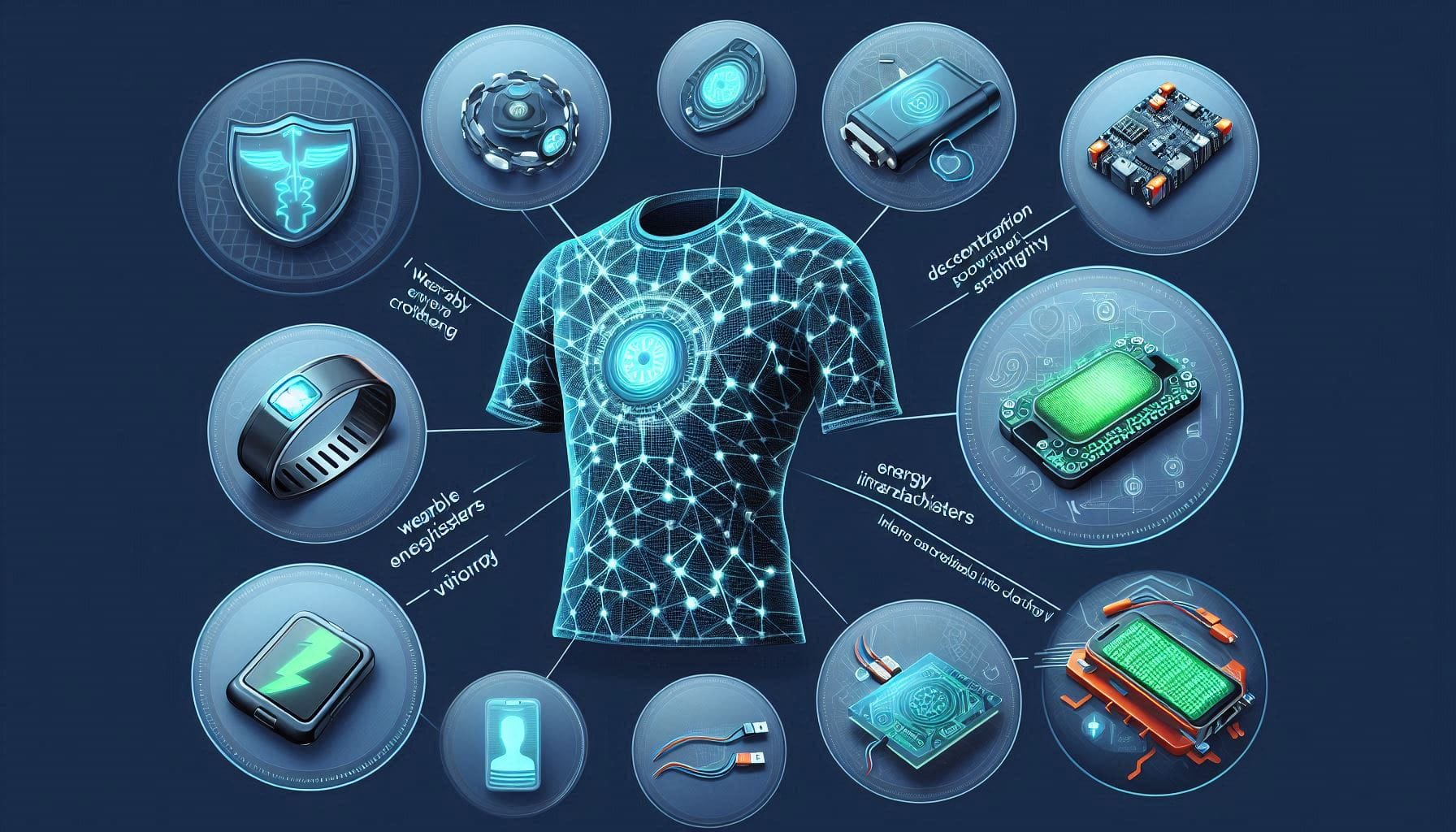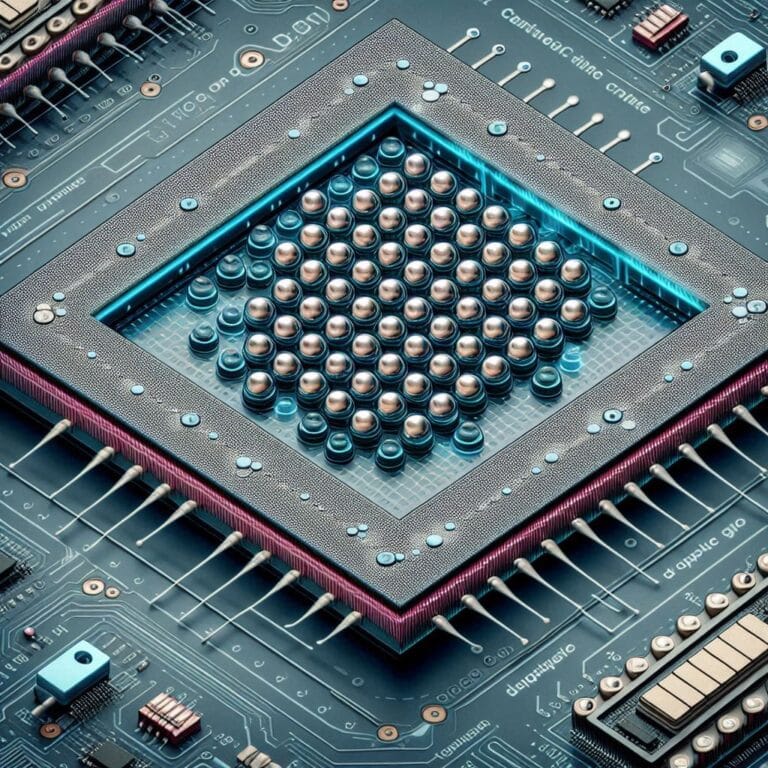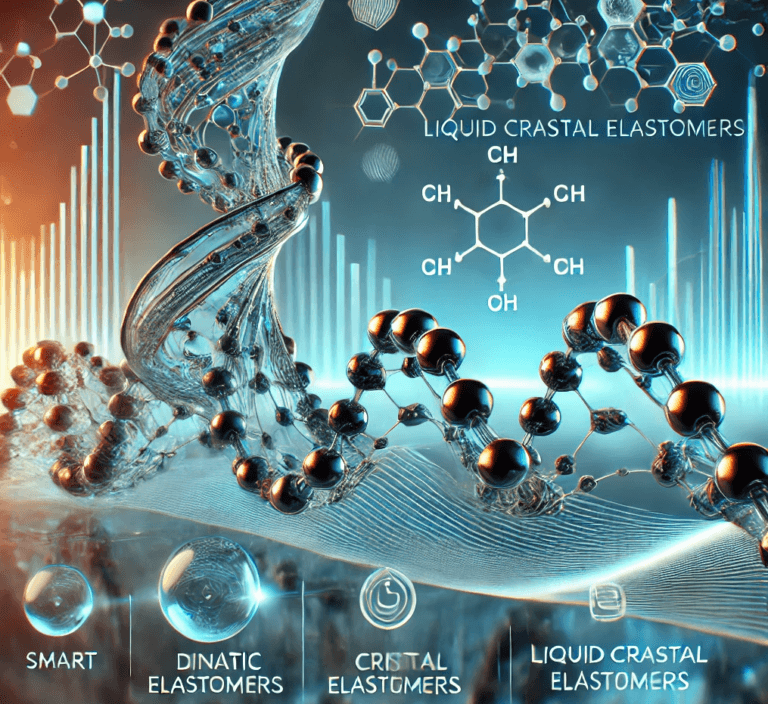Introduction: The Concept of Human Energy Harvesting
Imagine this: You’re strolling through your city, and with each step, you’re not just moving forward—you’re generating energy. Your footsteps illuminate streetlights, and the warmth from your body helps power public transportation systems. What once sounded like science fiction is now becoming reality—welcome to the world of body energy harvesting.
Body energy harvesting refers to the process of capturing and converting energy produced by the human body—such as kinetic energy from movement or thermal energy from body heat—into usable electrical power. This innovative approach is at the forefront of developing human-powered energy solutions that contribute to sustainable urban development.

In our daily activities, we generate significant amounts of energy. Walking, for instance, produces kinetic energy, while our bodies constantly emit heat. Technologies like piezoelectric materials can convert the mechanical stress from movement into electricity, and thermoelectric generators (TEGs) can transform temperature differences into electrical energy.
Implementing human-powered energy solutions in urban environments offers numerous benefits. It reduces reliance on fossil fuels, lowers carbon emissions, and promotes public engagement in energy conservation efforts. Moreover, integrating these technologies into public spaces—such as embedding energy-harvesting tiles in sidewalks or incorporating TEGs into public seating—can create more interactive and sustainable cities.
As we advance, the fusion of human activity with energy generation holds the promise of reshaping our urban landscapes, making them more responsive and sustainable. Embracing body energy harvesting is not just about innovation; it’s about reimagining our relationship with energy and the environment.
Understanding Body Energy Harvesting
Body energy harvesting is an innovative approach that captures and converts the body’s natural physiological activities—such as movement and heat—into usable electrical energy. This technology underpins a range of human-powered energy solutions, aiming to power wearable electronics and reduce dependence on traditional batteries.
🔋 Sources of Harvestable Energy
Kinetic Energy Technology
Kinetic energy technology harnesses energy from bodily movements like walking, running, or exercising. By integrating energy-harvesting mechanisms into wearables, everyday activities can generate power.
- Piezoelectric Materials: These materials generate electrical voltage when subjected to mechanical stress, such as bending or compression. In wearable applications, piezoelectric materials can be embedded into clothing or accessories to capture energy from motion.
- Triboelectric Nanogenerators (TENGs): TENGs exploit the triboelectric effect, where certain materials become electrically charged after coming into frictional contact with a different material. This technology can be utilized in wearables to convert motion into electricity.
Thermal Energy
The human body continuously emits heat, which can be converted into electrical energy through thermoelectric wearables.
- Thermoelectric Generators (TEGs): Thermoelectric generators (TEGs) harness the temperature gradient between the human body and ambient air to produce usable electrical power. Advancements have led to the development of flexible and stretchable TEGs that can be integrated into fabrics, enabling continuous energy harvesting from body heat.
⚙️ Conversion Mechanisms
The efficiency of body energy harvesting relies on the materials and technologies used to convert physiological energy into electricity.
- Piezoelectric Materials: Utilized in kinetic energy technology, these materials are ideal for capturing energy from dynamic movements. Their integration into wearable devices allows for the generation of power during activities like walking or exercising.
- Thermoelectric Wearables: By incorporating TEGs into clothing, these wearables can continuously convert body heat into electrical energy, providing a sustainable power source for low-energy devices.
In summary, body energy harvesting leverages both kinetic energy technology and thermoelectric wearables to transform the body’s natural activities into electrical power. This approach holds significant promise for developing sustainable, human-powered energy solutions that can revolutionize the way we power wearable electronics and contribute to energy efficiency in various applications.
Current Technologies in Wearable Energy Harvesting
The field of wearable energy harvesting has seen significant advancements, particularly in thermoelectric wearables, kinetic energy technology, and wearable energy harvesters. These innovations aim to create self-sustaining devices that harness the body’s natural movements and heat to generate power.
🔥 Thermoelectric Wearables
Thermoelectric wearables tap into the body’s natural warmth to produce electricity, providing a steady energy source for powering low-consumption devices.
- Flexible Thermoelectric Generators (TEGs): Recent developments have led to the creation of stretchable TEGs that can bend and twist with the body’s movements, maintaining functionality even after extensive use.
- Practical Applications: These TEGs have been integrated into smart clothing, such as wristbands and shirts, to power fitness trackers and medical monitors, reducing the need for external batteries.
🏃 Kinetic Energy Devices
Kinetic energy technology captures energy from bodily movements, converting mechanical energy into electrical power.
- Footwear and Backpacks: Innovations include energy-harvesting shoes that utilize piezoelectric materials in high-stress areas to maximize energy generation during walking. Backpacks equipped with micro-generators harness the motion of walking to produce electricity.
- Pavegen Tiles: Pavegen has developed floor tiles that convert the kinetic energy of footsteps into electricity, powering streetlights and interactive displays in urban areas.
🧥 Wearable Energy Harvesters
Wearable energy harvesters are devices seamlessly integrated into daily apparel, enabling decentralized power solutions for wearable technology.
- Integration into Clothing: Advancements have led to the development of energy-harvesting textiles that can be incorporated into everyday clothing, allowing for continuous energy generation without compromising comfort.
- Medical Applications: These harvesters are particularly beneficial for powering wearable medical devices, ensuring uninterrupted monitoring and reducing the reliance on external power sources.

The convergence of thermoelectric wearables, kinetic energy technology, and wearable energy harvesters is paving the way for a future where our clothing and accessories not only serve aesthetic and functional purposes but also act as personal power generators.
The Energy You Don’t Know You’re Generating
Imagine wearing a jacket that charges your phone as you walk in the sun, or eyeglasses that power themselves through your daily activities. This is the emerging reality of wearable energy harvesters and human-powered energy solutions.
🌞 Multi-Modal Energy Harvesters
Researchers are developing devices that combine multiple energy harvesting methods—solar, thermal, and kinetic—into a single wearable unit. These multi-modal harvesters ensure a more reliable and continuous power supply by tapping into various ambient energy sources.
🧬 Invisible Energy Infrastructure
Advancements in miniaturization have led to the creation of micro-harvesters that can be embedded into everyday items:
- Jewelry and Eyeglasses: Incorporating energy harvesters into accessories allows for discreet energy generation throughout the day.
- Electronic Tattoos: These ultra-thin devices adhere to the skin, capturing energy from body heat and movement to power small electronics.
🌍 Impact on Society
The integration of wearable energy harvesters and human-powered energy solutions holds significant potential:
- Disaster Zones: Providing reliable power sources for communication and medical devices when traditional infrastructure is compromised.
- Off-Grid Communities: Empowering remote areas with sustainable energy solutions, reducing dependence on centralized power systems.
- Healthcare: Ensuring continuous operation of wearable medical devices, improving patient monitoring and care.
As technology advances, the seamless integration of energy harvesting into our daily lives will transform how we perceive and utilize power, making each step and every degree of body heat a valuable resource.
Integrating Human Energy into Urban Power Grids
As smart cities emerge across the globe, one of the most exciting developments is the concept of body energy harvesting becoming a legitimate contributor to public energy systems. This isn’t just a futuristic dream—it’s a developing reality backed by real-world deployments and innovative technology.
⚡ Concept: The Rise of the Citizen-Powered Grid
A citizen-powered grid is a decentralized energy system where thousands—or millions—of micro-contributions from individuals are aggregated through wearable energy harvesters and infrastructure-based collectors. These small, continuous trickles of power can supplement urban energy demands, particularly for localized uses like public lighting, sensors, or Wi-Fi hotspots.
In this model:
- People become mobile energy nodes.
- Wearables and movement-based sensors continuously gather kinetic and thermal energy.
- Data and power are relayed wirelessly to nearby receivers integrated into the city’s smart grid.
🏙️ Urban Applications in Action
Energy-Generating Floors
- Pavegen is leading the charge in kinetic flooring. Installed in high-footfall areas like transport terminals and retail spaces, their tiles generate up to 5 watts per step—enough to power LED lighting, advertising screens, or digital signage.
- Future expansion could see these systems embedded in crosswalks or along sidewalks in major city centers, helping light streets or power environmental sensors.
Gyms That Power the Grid
- Eco-conscious fitness centers like The Green Microgym in Portland, Oregon, integrate human-powered energy solutions into stationary bikes, ellipticals, and treadmills that generate electricity while members work out.
- Scaling this concept across city-owned recreation centers could turn workouts into net-positive energy events, reducing operational costs while promoting health.
Public Transport Integration
- Energy-harvesting seats in buses and trains could use passengers’ body heat and vibration to recharge onboard systems.
- These micro-contributions can extend battery life for GPS systems, ventilation, or even passenger charging ports.
🌱 Key Benefits
Environmental Impact:
- Micro-harvested energy reduces reliance on fossil fuels, helping meet climate targets and reduce grid strain during peak hours.
Civic Engagement:
- Public awareness campaigns encouraging citizens to “walk for power” or “cycle to charge” could gamify sustainability, turning conservation into a community effort.
Redundancy in Emergency Scenarios:
- During power outages or grid failures, these systems can provide localized backup power, enhancing urban resilience.
Speculative Future: Cities Powered by Citizen Energy
As urban technology progresses, a compelling vision emerges: a self-sustaining city ecosystem that adapts, evolves, and thrives on the daily energy of its inhabitants. A future where thermoelectric wearables, kinetic energy technology, and ambient intelligence form the nervous system of smart infrastructure.
🌇 Visionary Scenario: The Living City
Imagine walking into a city where:
- Your smart shoes power crosswalk signals.
- Your thermoelectric jacket contributes to powering metro station lighting.
- Every building wall acts like a lung—“breathing in” heat and kinetic movement from the street, converting it into stored energy.
This city doesn’t just run—it pulses with the energy of its citizens. With every step, gesture, or workout, human activity fuels a dynamic environment—illuminating buildings, enhancing street safety, and accelerating data flow. This is the next phase of urban symbiosis: responsive infrastructure powered by human activity.
🧠 Tech Landscape (Real Developments)
Smart Clothing Syncing with Grids
- Research by MIT and the University of Colorado explores smart textiles embedded with wireless thermoelectric harvesters that transfer energy through NFC or Bluetooth LE.
- When paired with blockchain smart contracts, individuals could be rewarded with credits for the power they contribute, promoting circular economies.
Responsive Buildings and Public Spaces
- Next-gen kinetic architecture embeds flexible piezoelectric materials into sidewalks, walls, and playgrounds to create structures that dynamically interact with users.
- Imagine a park bench that lights up when sat on—or a subway platform that brightens based on foot traffic density.
⚠️ Challenges to Scale and Adopt
Efficiency and Storage
- Micro-harvested energy is low in volume. Scaling it requires efficient supercapacitors or flexible solid-state batteries that can accumulate energy from thousands of contributors before meaningful deployment.
Grid Integration
- Dynamic data synchronization is needed between wearables, receivers, and municipal grids. This requires advances in IoT protocols and urban data infrastructure.
Privacy and Ethical Concerns
- As wearable energy harvesters track activity, location, and body metrics, cities must establish clear frameworks for data anonymization, user consent, and secure transmission to avoid surveillance or misuse.
🌍 Societal Impact and Possibilities
- Remote Empowerment: Cities in the Global South could leapfrog traditional infrastructure by empowering residents with kinetic energy technology and localized microgrids.
- Equitable Energy Access: In underpowered communities, personal movement could become a source of lighting or communication, improving quality of life without extensive grid expansion.
- Healthcare Synergy: Smart wearables can simultaneously monitor health and generate energy, creating synergies for personalized medicine.
Challenges and Considerations
While the promise of body energy harvesting and human-powered energy solutions is undeniably exciting, scaling it to power cities and connected devices faces a number of real-world obstacles. Understanding these aerial computing challenges (a parallel from UAV systems dealing with similar energy and data constraints) helps contextualize the road ahead for wearables and human-generated energy tech.
🔋 Power Limitations: Milliwatts vs. Megawatts
One of the most critical bottlenecks in wearable energy harvesters is output capacity:
- Most thermoelectric wearables and kinetic energy technology solutions today generate microwatts to a few milliwatts—just enough to power sensors, fitness trackers, or low-energy Bluetooth devices.
- Charging smartphones, let alone powering laptops or grid infrastructure, remains out of reach without storage buffers or energy aggregation systems.
This mirrors one of the biggest UAV energy constraints in aerial computing: drones can carry limited battery weight, and onboard edge computing must operate on very low power budgets.
➡️ Solution Direction: Development of ultra-low-power chips, supercapacitors, and energy-aware device scheduling may allow for smarter energy usage in both wearables and aerial computing systems.
💸 Infrastructure & Economic Hurdles
The dream of a citizen-powered smart grid hinges on substantial investments:
- Designing cities with embedded data transmission pathways for wearables.
- Developing public systems that can process and route these micro-energy contributions.
High costs are associated with:
- Upgrading sidewalks, gym equipment, and public transport to support energy feedback.
- Secure cloud or edge systems to store, manage, and verify energy contributions.
Just like deploying a city-wide drone network faces aerial computing challenges related to bandwidth, reliability, and energy limits, human-powered systems need robust back-end architecture to function efficiently.
⚖️ Ethical & Social Considerations
Voluntariness vs. Exploitation
As with many innovations involving body data or labor, the line between participation and extraction must be carefully drawn:
- Will users receive compensation or credits for the energy they generate?
- Could marginalized groups be exploited in high-footfall labor environments to “farm” energy?
Privacy vs. Efficiency
Wearable harvesters collect not just energy, but data:
- Movement patterns, body temperature, and location history may be tracked to optimize harvesting.
- Like UAVs transmitting aerial surveillance data, wearables could pose risks if harvested energy is linked with behavioral tracking.
- ➡️ Policy Imperative: Transparent regulations and opt-in systems are essential to safeguard privacy without stifling technological advancement.
Conclusion: The Human Body as a Renewable Power Source
As human physiology merges seamlessly with technological innovation, we are poised to enter a new era of silent, body-driven energy transformation. Through body energy harvesting, our own movement, heat, and daily routines are becoming valuable sources of power.
🔄 Summary: Small Motions, Big Impact
From thermoelectric wearables to kinetic energy technology, the human body is emerging as a renewable, decentralized power node in the global energy ecosystem. Though currently limited to micro-scale applications, the cumulative potential across millions of users is vast—and deeply sustainable.
These systems offer:
- Personal autonomy in powering wearables.
- Community impact through grid integration.
- Disaster resilience in powering critical devices off-grid.
🚀 Call to Action
For this vision to become reality, we need:
- Establishing ethical policy frameworks to safeguard user rights while maximizing societal benefits from body-powered technologies.
- Accelerating investment in research and development to enhance the efficiency, scalability, and affordability of next-generation energy harvesting innovations.
- Public-private collaboration to design cities and products that embrace human-powered energy solutions.
As climate goals become more urgent and wearable tech continues to evolve, supporting this intersection of body and power becomes a moral and economic imperative.
❓ Thought-Provoking Final Question
If every human movement can be turned into energy, what else might our bodies power in the future? Could we become the cleanest, most abundant power plant on the planet—simply by living our lives?
Enjoyed learning about human-powered energy solutions?
You might also like these related reads:
-
Wearable Sweat Sensors Are Revolutionizing Wearable Tech – Discover how our sweat is unlocking a new dimension in real-time health monitoring.
-
Advanced Energy Materials – Explore the cutting-edge materials making body energy harvesting more efficient and practical.
-
Piezoelectric Fabrics – See how fabrics that generate electricity from movement are shaping the future of smart clothing.
Stay powered up with innovation! 🔋👕






